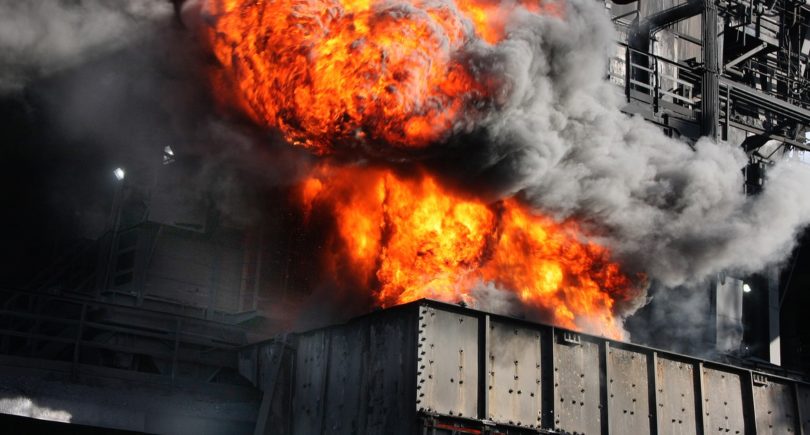
Opinions Green steel decarbonization 605 13 July 2021
Sunflower husk enables Ferrexpo to replace 25% of fossil fuels used in pelletizer in five years
On the way to a carbon-free future, the global industry is committing to a greener future. Carmakers, the chemical industry, agribusiness, and many other industries step by step introduce innovations that will reduce carbon emissions and help them gradually switch to carbon-neutral production.
The steel industry is also part of this trend: the ‘green steel’ trend can be traced back to growing investment by steel companies in their eco-projects. However, the environment is also driving this transition. According to the International Energy Agency, steelmakers’ carbon emissions should be halved by 2050 and gradually reduced to zero. Read how the steel industry is adapting to climate change and what steps towards ‘green steel’ have already been taken in Ukraine in this review.
Global Economy
In many countries, directives to reduce emissions are being introduced at the governmental level. China, one of the world’s largest metal producers and the largest source of carbon emissions, recognises the need for change. The country plans to cut emissions by 30% by 2030. Over time, modern ironmakers will be increasingly incentivised to sell eco-friendly products that adhere to stringent government restrictions.
In Ukraine, the “green steel” trend is already a reality for steel companies. More often than not, the solution is in energy resources: the fossil fuels used in production that produce CO2 emissions. Therefore, the steel sector is looking for ways to shift away from fossil fuels and towards greener forms of energy. Individual companies are already able to show results. For example, Ferrexpo, Ukraine’s largest producer of iron ore pellets, succeeded in replacing 25% of natural gas with biofuels in its pelletiser in 2020, which helped reduced its carbon footprint by 16% in a single year.
Environmentally-Friendly Approach in Ukraine
The company’s management decided embark on utilising biofuels as a partial replacement for natural gas in 2015. The country’s strengths dictated the opportunity: Ukraine is the world’s largest producer of sunflower oil, and sunflower husks are a common biofuel with high energy potential. To reduce its dependence on natural gas, the company has built two sunflower husk feed facilities for four pellet production lines. Since the start of the project, each year the biofuel consumption rate has steadily increased.
The pelletiser uses husks as a partial replacement for heating its pellets, instead of natural gas. The company first tested the biofuel capability on selected lines and then increased the volume of husks purchased. Introducing such innovations required considerable technical and engineering expertise. The main obstacle to using sunflower husk instead of natural gas is the different aggregate state of these fuels. The gas mixes freely with the environment and heats the pellets evenly in the pelletiser. The solid fuel, namely the husks, if misused, can heat only certain areas in the pelletiser and not reach the required temperature of 1,300°C.
In five years of replacing gas with sunflower husks, Ferrexpo has succeeded in replacing 25% of fossil fuels with more environmentally friendly energy resources in its pelletiser. The carbon footprint per tonne of production has been reduced by 16% in 2020, with biofuels a factor contributing to this achievement. Ferrexpo is one of the few mining companies in Ukraine that actively uses large quantities of biofuels in its commercial production.
Natural Energy
Switching to sunflower husks is not the only step the company has taken towards green steel. Ferrexpo is testing the use of another green energy source – solar electricity. “Our next major project is to set up an solar farm to test the efficiency of solar power in our geographical location,” told a Ferrexpo representative.
A decision on further expansion will follow after an efficiency assessment.
Overall, Ferrexpo also purchases clean electricity directly from producers in Ukraine. In 2020, the figure was 22% of total electricity purchased, and in the first five months of 2021, the company increased its purchases to 36%.





